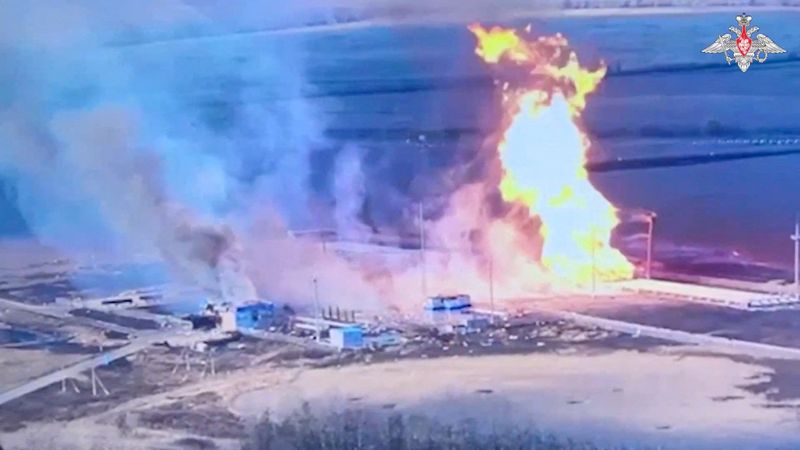You may have heard of overdraft protection before, but you’re not quite sure what it is. In essence, overdraft protection is a service that your bank can offer that will protect you from having insufficient funds in your account. This can be a great service to have if you tend to live paycheck to paycheck, or if you are often forgetful when it comes to budgeting. In this blog post, we will discuss the basics of overdraft protection and whether or not it is something that you need in order to protect your finances.
What is an overdraft?
An overdraft occurs when you attempt to withdraw money from your bank account, but the amount that you are attempting to withdraw exceeds the balance that is currently in your account. When this happens, there are a few things that can happen. If you have overdraft protection, then the bank will simply refuse to let you make the withdrawal and will alert you that your funds are insufficient. If you don’t have overdraft protection, then the bank will simply refuse to let you make the withdrawal and will also charge you a fee for each transaction that has been refused or declined due to insufficient funds in your account.
What is overdraft protection?
Overdraft protection is a service offered by banks that allows you to have the peace of mind that your bank account will never become overdrawn. If you do happen to make a transaction that will exceed the balance in your account, then the bank will automatically transfer money from a linked savings or credit card account to cover the amount that is needed. Once the transaction is complete, you will be charged an overdraft fee which usually ranges from $10 to $20 for each time that your account has been overdrawn. Keep in mind that overdraft protection is not a line of credit or loan that you can borrow funds from; it simply ensures that you will never have to worry about overdrawing your bank account.
Do you need it?
Whether or not you need overdraft protection will depend on your financial situation. If you’re someone who tends to live paycheck to paycheck, then it is a good idea to have overdraft protection. This will allow you to continue spending money without having to worry about your bank account becoming overdrawn and being hit with excessive fees. However, if you’re someone who is more financially responsible and is able to balance your spending from one paycheck to the next, then overdraft protection may not be necessary.
FAQs
Is overdraft protection a loan?
No, overdraft protection is not a loan. It is simply a service that your bank can provide to ensure that you will never have an overdrawn account.
How much does overdraft protection cost?
Overdraft protection typically costs between $10 and $20 each time that your account has been overdrawn. This fee will depend on your bank and the type of overdraft protection that you have.
Can I opt out of overdraft protection?
You do have the option to opt out of overdraft protection, but you should keep in mind that doing so will likely result in being hit with a number of fees for each transaction that is declined due to insufficient funds in your account.
Is overdraft protection a good idea?
If you’re someone who tends to live paycheck to paycheck, then overdraft protection is a great option. This will ensure that you’ll never have to worry about making a transaction that exceeds the balance in your account and will be hit with fees. However, if you’re someone who is more financially responsible and can accurately balance your spending, then overdraft protection may not be necessary. It all depends on your lifestyle and financial situation. Regardless of whether or not you make the decision to have overdraft protection, it is always a good idea to regularly monitor your bank account balance and keep track of your spending to ensure that you are not living beyond your means.
What are the disadvantages of an overdraft?
Some of the main disadvantages of an overdraft include the fact that you will be hit with expensive fees each time your account becomes overdrawn, and that you may be unable to make certain purchases or other transactions if your funds do not cover the item. Additionally, some banks will even take legal action if you constantly overdraw your account and accrue a significant amount of fees. Therefore, it is important to keep track of your spending so that you never have to worry about overdrawing your account.
How does overdraft protection work?
Overdraft protection works by having your bank transfer funds from a linked account, such as a savings or credit card account, to cover the amount of money that is needed. This will ensure that you will never have an account overdraft and will be hit with fees. Once the transaction has been completed, you may need to pay back the amount that was transferred from your linked account. It is important to note that not all banks offer overdraft protection, so it is important to check with your bank before signing up for this service.
The bottom line
Overdraft protection is an important service to have if you are someone who has a difficult time managing your finances. While it’s not necessary to have, in order to avoid fees and fines that can add up quickly, it is a good idea to consider opting into it. It will help you stay on top of your spending and financial goals so that you can enjoy your life without having to worry about unexpected costs. If you’re interested in finding out about other financial management tips, be sure to read more articles on our site.
Further questions
What's your question? Ask it in the discussion forum
Have an answer to the questions below? Post it here or in the forum




